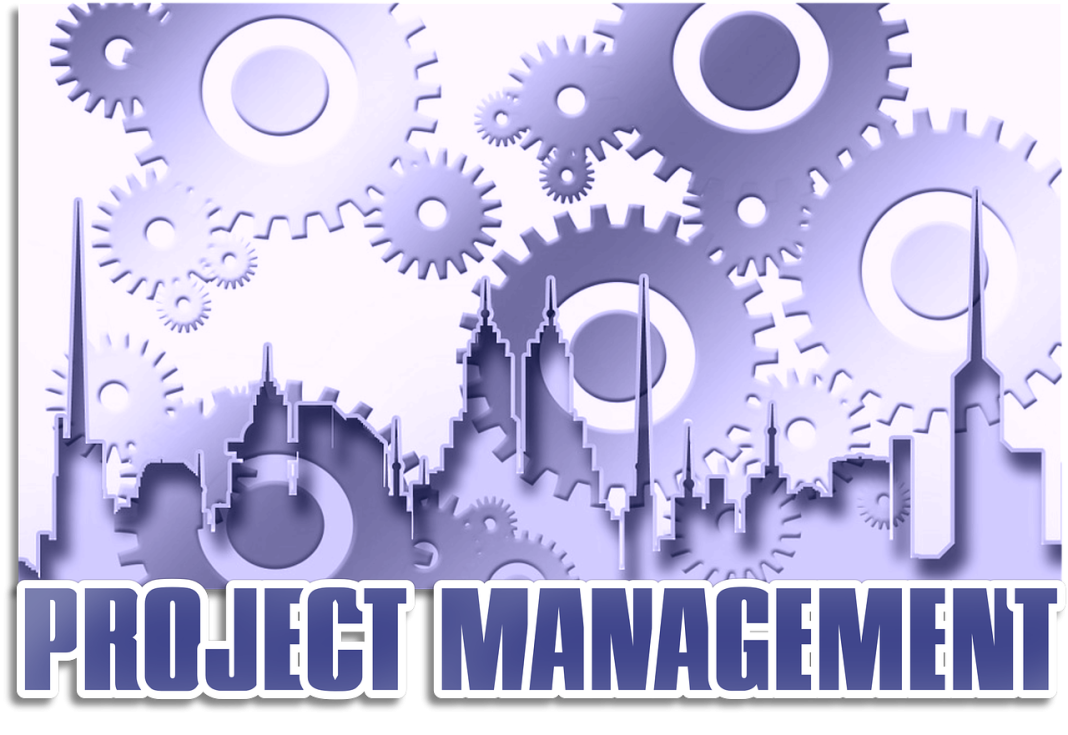The field of UX/UI design is constantly evolving, driven by the need for websites and applications to deliver seamless and delightful user experiences. However, balancing creativity with usability can be challenging, especially when projects need to adhere to tight deadlines and budgets. Effective project management plays a crucial role in ensuring that the creative vision aligns with usability principles, resulting in products that are both visually appealing and user-friendly. This blog will explore the best practices in UX/UI design within the context of project management, offering insights into how to manage these projects efficiently while maintaining a balance between creativity and usability.
Understanding the Importance of UX/UI in Project Management
In the realm of project management, UX/UI design isn’t just about creating visually appealing interfaces; it’s about enhancing user satisfaction by improving usability, accessibility, and the overall experience. Successful UX/UI project management ensures that designs are user-centric while also meeting business goals.
A user-centric approach ensures that designs are created with the end user in mind, meeting their needs and expectations. This approach emphasizes usability testing, iterative feedback, and understanding the user journey. By ensuring designs resonate with users, you foster loyalty and drive conversions. Meanwhile, balancing user needs with business goals is essential for creating designs that not only look good but also drive revenue. This means ensuring that every design decision aligns with business objectives, whether it’s increasing sign-ups or boosting sales.
Consistency and scalability are vital in maintaining a cohesive brand identity across all platforms. This is where design systems come into play, providing reusable components and guidelines that make scaling designs more manageable. Effective project management in UX/UI design brings together creativity and strategic thinking to deliver designs that are both functional and engaging.
Best Practices in UX/UI Project Management
1. Define Clear Project Scope and Objectives
The foundation of any successful UX/UI design project lies in a well-defined project scope and clear objectives. Without a clear understanding of the project’s requirements, it’s easy for designers to go off-track or face scope creep.
A detailed client brief and discovery phase is crucial for understanding the client’s business, target audience, brand guidelines, and goals. This phase involves asking probing questions about their challenges, competitors, and the vision for the final product. By thoroughly understanding the client’s industry and market positioning, you can tailor the design to meet their specific needs.
Objectives and success metrics should be outlined clearly to measure the project’s success. For instance, if the goal is to improve user engagement, success metrics could include reduced bounce rates, increased session duration, or higher conversion rates. These metrics provide tangible goals for the design team and allow the client to measure the value delivered.
Defining the project deliverables and timeline is essential. Ensure that the deliverables include wireframes, prototypes, final designs, and documentation. Creating a realistic timeline that includes key milestones like presenting wireframes, submitting prototypes, and delivering the final product helps in setting client expectations and keeping the team focused.
2. Build Cross-Functional Teams
UX/UI or even web design projects require collaboration between various disciplines, including designers, developers, marketers, and business analysts. Building cross-functional teams ensures that each aspect of the project is covered comprehensively.
Clearly outlining the roles and responsibilities of each team member helps prevent overlap and confusion. For instance, UX designers could focus on wireframes and user flows, while UI designers handle visual design and style guides. Developers bring these designs to life, while marketers ensure that the final product aligns with the brand’s messaging and target audience.
Encouraging open communication is crucial for fostering a collaborative environment. Regular stand-up meetings, brainstorming sessions, and retrospectives can help keep the team aligned. When team members freely share ideas, feedback, and concerns, it leads to innovative solutions and smoother workflows.
3. Develop User Personas and Journey Maps
Understanding the target audience is crucial for designing user-centric products. User personas and journey maps provide valuable insights into user needs, behaviors, and pain points.
User personas represent different segments of your target audience, offering a detailed view of their demographics, goals, challenges, and preferences. Creating detailed personas helps the design team empathize with the end users and tailor the design accordingly. For instance, a persona might be a young professional who values efficiency and quick access to information, guiding the design of a streamlined navigation structure.
Journey maps visualize the user journey, showing how users interact with your product at each stage. Mapping out the user journey helps identify pain points and opportunities for improvement. For example, if users consistently drop off at the checkout stage, it could signal a need to simplify the payment process or provide clearer instructions.
4. Create Wireframes and Prototypes
Wireframes and prototypes serve as the blueprint for the final design. They provide a visual representation of the layout, structure, and navigation, allowing teams to gather feedback early.
Starting with low-fidelity wireframes outlines the basic layout and content hierarchy. These sketches or digital mockups allow designers to visualize different concepts quickly without getting bogged down by visual details. Low-fidelity wireframes are excellent for initial brainstorming and client approvals.
High-fidelity prototypes, on the other hand, include interactions and transitions that bring the wireframes to life. Tools like Figma, Adobe XD, and InVision are excellent for creating interactive prototypes that simulate the final user experience. By testing these prototypes with real users, you can gather valuable insights into layout preferences and interaction challenges.
5. Implement Design Systems and Style Guides
Design systems and style guides ensure consistency and scalability across all designs. They act as a single source of truth, helping teams maintain a unified brand identity.
A comprehensive design system should include reusable components, patterns, and guidelines for colors, typography, and spacing. For instance, a button component should have predefined styles for primary and secondary actions, making it easy to maintain consistency across different pages and applications.
Style guides define the visual and interaction guidelines, providing examples of button styles, form elements, and navigation menus. They also ensure that all design elements align with the brand’s tone and personality. For example, a fintech startup may have a style guide that emphasizes trustworthiness through a specific color palette and typography.
6. Test Early and Often
Usability testing is crucial for identifying issues and validating design decisions. Testing early and often allows teams to catch problems before they escalate, saving time and resources.
Prototype testing with real users helps gather feedback on the layout, navigation, and interactions. Tools like Maze and UserTesting are useful for remote usability testing, providing valuable insights into user behavior and preferences. These tests can highlight navigation issues or content misunderstandings that may not be evident to the design team.
A/B testing compares different design variations to see which one performs better. This method is particularly useful for optimizing landing pages and call-to-action buttons. For instance, testing different headline placements or button colors can significantly impact conversion rates.
7. Prioritize Feedback and Iteration
Feedback and iteration are central to the Agile approach in UX/UI design. Regular feedback loops help refine the design, ensuring it aligns with user needs and business goals.
Providing clients with guidelines for giving constructive feedback is essential. Encourage them to be specific about what they like or dislike and why. For instance, instead of saying “I don’t like the menu,” a more actionable feedback would be “The menu is confusing because it doesn’t categorize items clearly.”
Limiting the number of free iteration rounds prevents scope creep and keeps the project on schedule. For instance, offering two free rounds and charging for additional rounds incentivizes clients to provide focused feedback early.
8. Maintain Clear Communication
Effective communication is crucial throughout the project lifecycle. Keeping clients informed and involved ensures alignment and prevents misunderstandings.
Weekly updates via email or your project management tool help maintain transparency. Include progress made, upcoming tasks, and any concerns that need to be addressed. Providing clients access to a project dashboard where they can view milestones and feedback can also improve communication.
Feedback meetings are crucial for gathering client input and making necessary adjustments. Regular check-ins ensure that the client remains engaged and that the project aligns with their vision.
9. Manage Scope Creep and Revisions
Scope creep and revisions can derail UX/UI projects if not managed effectively.
Clearly outlining your revision policy in the contract, including the number of free revision rounds, sets expectations from the outset. This policy helps prevent last-minute changes that could disrupt the project timeline.
Using a change request form to document scope changes, including the associated costs and timelines, ensures both parties understand the implications. This transparency helps manage client expectations and prevents potential conflicts.
10. Conduct a Post-Project Review
A post-project review helps teams reflect on the project’s successes and challenges, identifying areas for improvement.
A post-project analysis involves evaluating the project outcomes, including whether the design met the objectives and metrics. Discuss what went well, what didn’t, and how future projects can be improved. This analysis provides insights into refining processes and workflows.
Soliciting client feedback through surveys or interviews helps understand their perspective on the project’s success. This feedback can highlight areas where the team excelled or identify gaps in communication or execution.
Conclusion
Balancing creativity and usability in UX/UI design projects requires a strategic approach to project management. By defining a clear scope, building cross-functional teams, developing user personas, and maintaining effective communication, teams can deliver designs that are both visually appealing and user-centric. Implementing these best practices will help you navigate the complexities of UX/UI design, ensuring projects stay on track and meet client expectations while delivering outstanding user experiences.
Apart from this, if you are interested to know more about Procurement Project Management then visit our Business category









